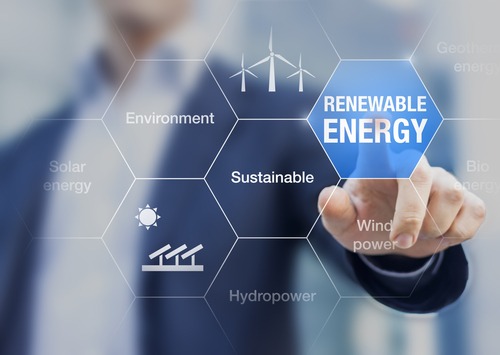EIPC white paper sees renewables-dominant grid within reach

In a white paper issued this week by Eastern Interconnection Planning Collaborative (EIPC), the organization noted four key challenges to reliability as renewables are increasingly integrated, but labeled none insurmountable, and laid out recommendations for moving forward.
Among the challenges seen for system operators and planners were:
- New dynamics introduced to the grid by wind and solar resources, due to their greater weather-dependency and different technology involved;
- A need for more detailed modeling and integrated resource planning as resource adequacy risks shift beyond peak load periods;
- Peak use times shifting to non-traditional periods, even as the transmission system struggles to find ways of maintaining reliable delivery of electricity for customers with variable output resources;
- The need for additional transmission infrastructure to deal with increased electrification demands among the transportation and industrial sectors in addition to the wind and solar integration, without sacrificing cost effectiveness or reliability.
The EIPC, which includes PJM and 18 other planning authorities from the eastern and central U.S., added that a transition to more renewable energy is already underway, and that many lessons learned by the electric industry along the way have already been effectively implemented. Even the existing troubles should not be seen as barriers, in its view. Indeed, it hopes to see further growth toward environmentally cleaner resources, and in that regard, also issued a series of recommendations for how to proceed. The recommendations include:
Enhancing education and industrial, policy and regulatory collaboration;
Increasing focus on the complications of integrating wind and solar resources without sacrificing grid reliability; and
Maintaining sufficient transmission levels to reliably and cost-effectively integrate the growing levels of wind and solar resources.
The organization also calls for greater regional and interregional coordination on public policy energy goals; partnerships across industry and government to guarantee the timely, cheap and reliable pursuit of future initiatives; and integrating power system operators and planners into policymaking to better account for changing system reliability needs.
